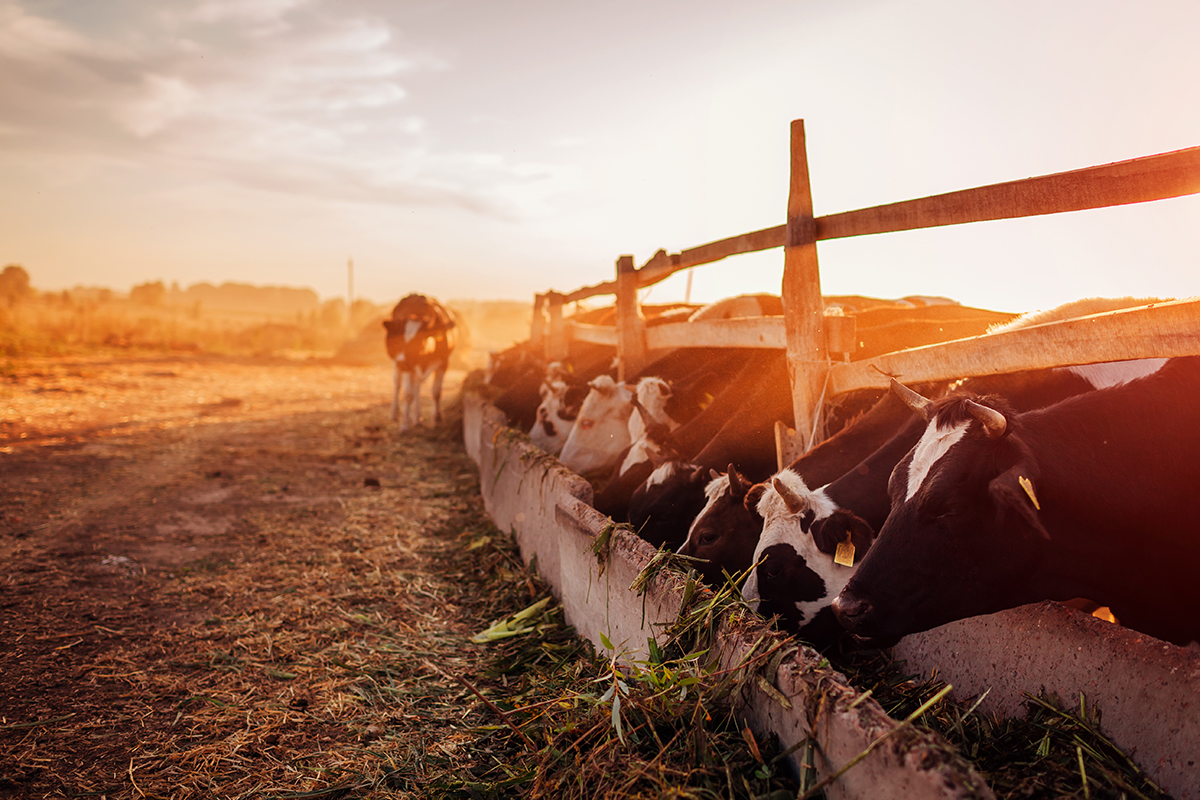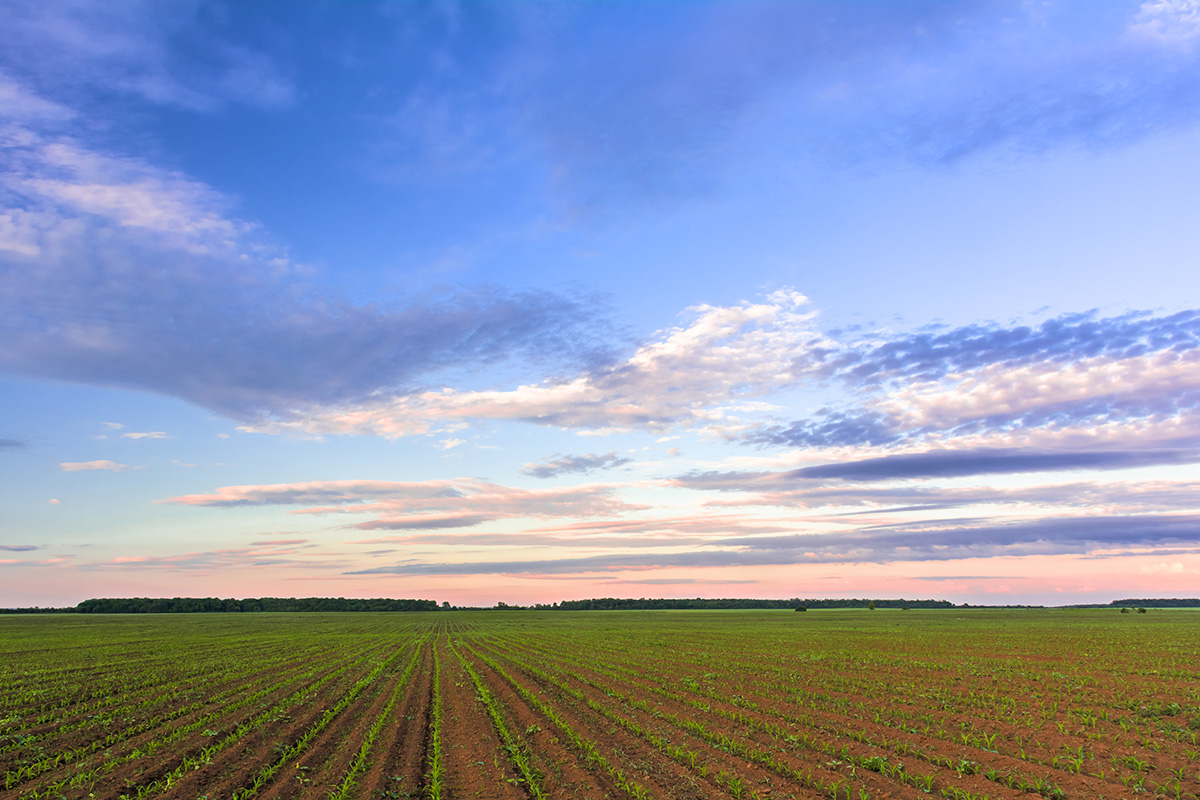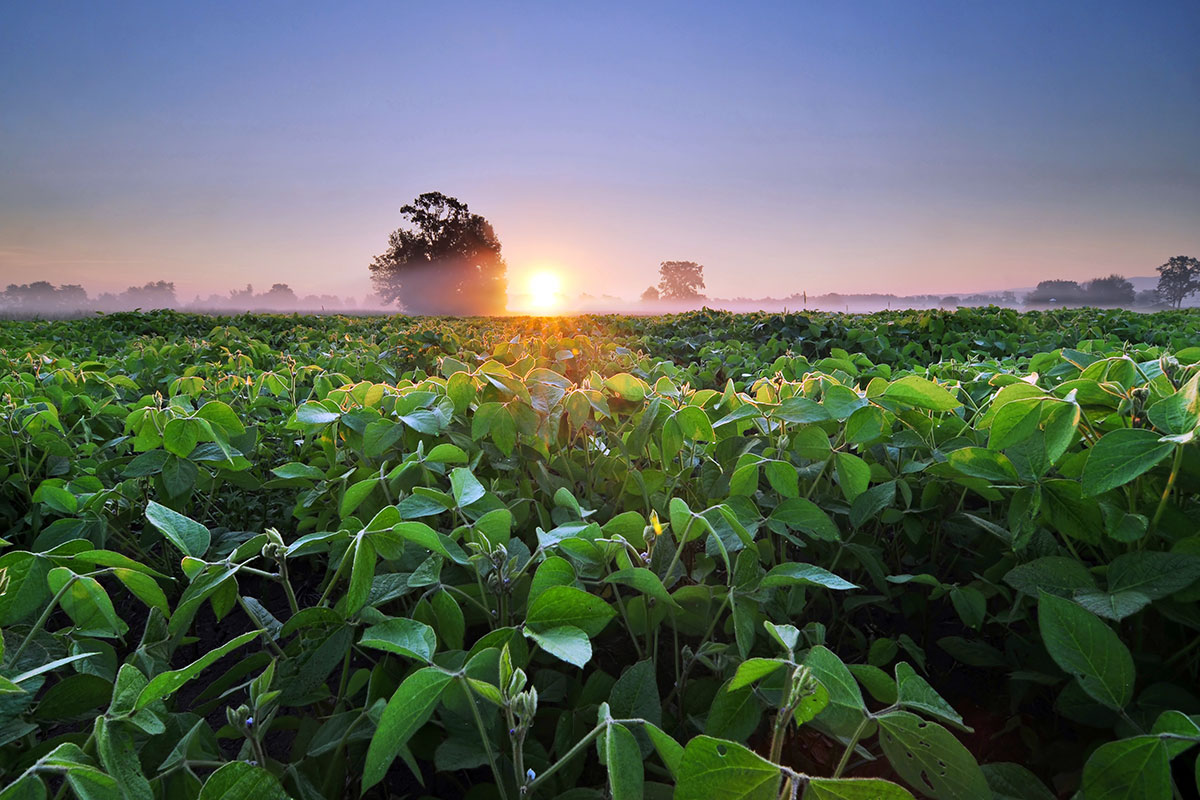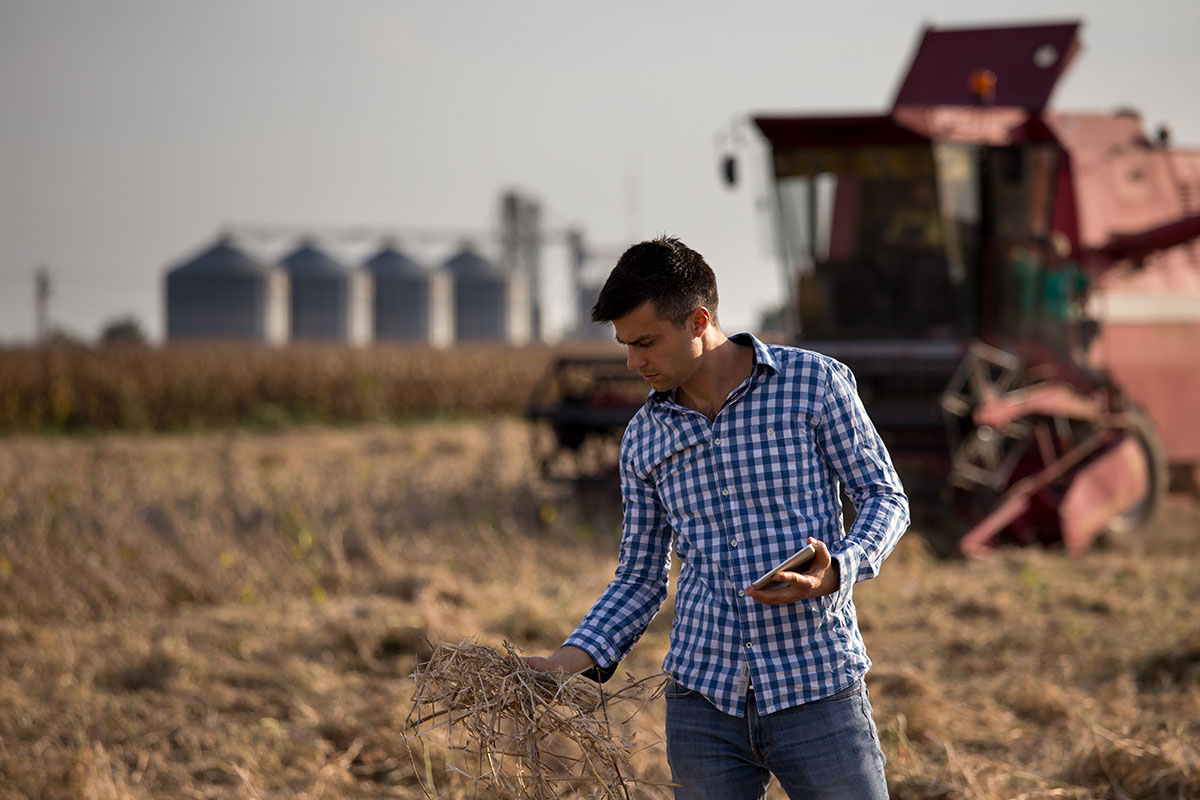To many bankers and financial lenders, working capital is perhaps the most important financial element to an operation. But for many producers, it’s not a priority until it is. I’ve heard it compared to oxygen in the human body – easy to ignore until it’s no longer there.
If you’re not familiar with the term, working capital ratio is simply computed by dividing current assets by current liabilities. Current is defined as assets that can be converted to cash within one year and obligations that will have to be met within one year. This may also be commonly expressed as net working capital (current assets minus current liabilities).
In good economic times, the working capital position is typically strong and not that much attention is paid to it. In tougher economic times, it becomes the difference between being able to meet obligations or serious financial trouble.
Improve working capital
A few potential ways to improve your working capital position in 2022 could include:
- Selling non-productive assets, such as equipment or land, that are no longer contributing to the economic earnings of the farm. In leaner economic times, astute managers will eliminate non-essential items to help build or replenish working capital.
- Restructuring loans to move current or intermediate term debt to long-term financing on real estate. This can be a difficult decision to make when that land is paid off, but it may be required to keep the farm operating properly in the short and intermediate term.
Even if your farm is not currently experiencing financial stress, building and maintaining a strong working capital position should still be a top priority. This strong position will enable the farm to perform well in various parts of the agricultural economic cycle and will allow you to take advantage of opportunities that may arise in the coming months and years.
Having a very solid working capital position will allow you to put the bucket out, whether it’s buying land, cattle or another agricultural asset at a great price.
Our Agribusiness Division serves all areas of agriculture, including producers, processors, suppliers and manufacturers of equipment and goods, throughout a 12-state area. Connect today to learn more about how we serve agribusiness.





